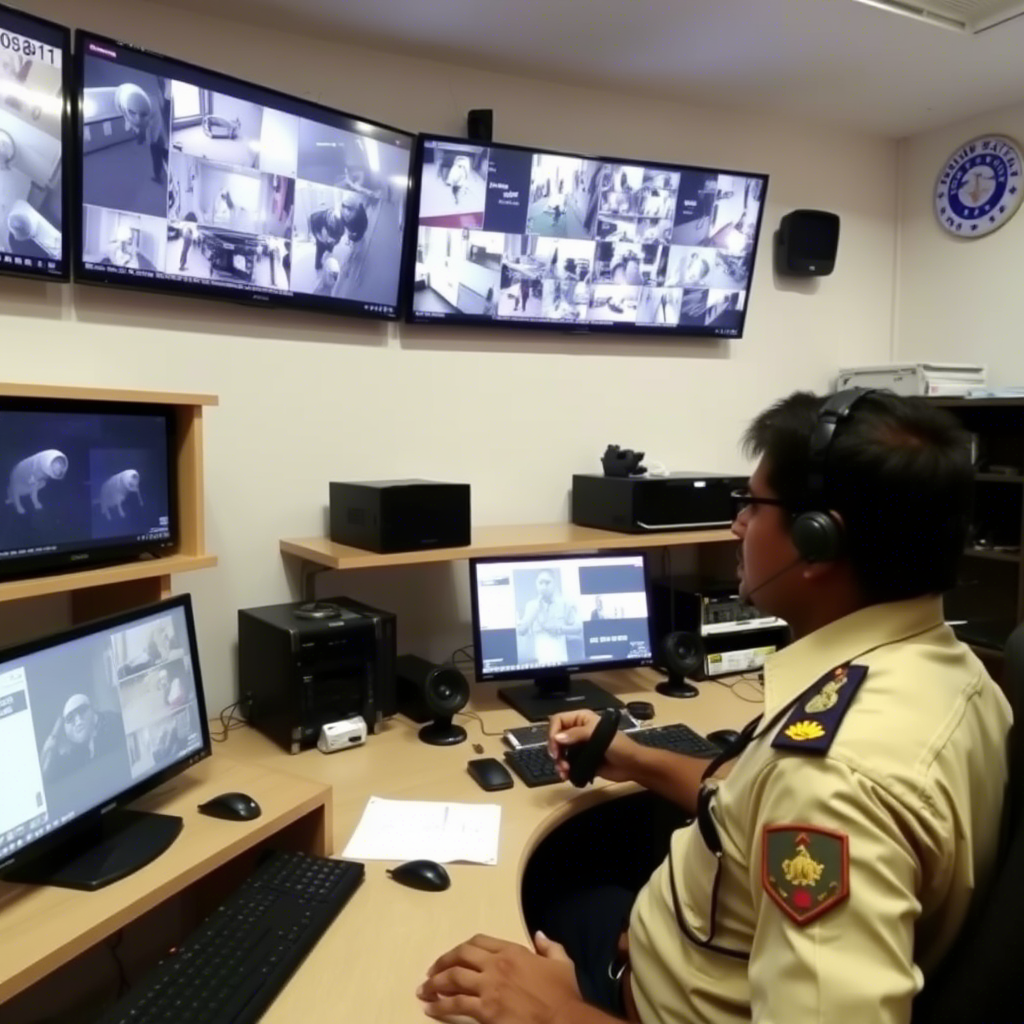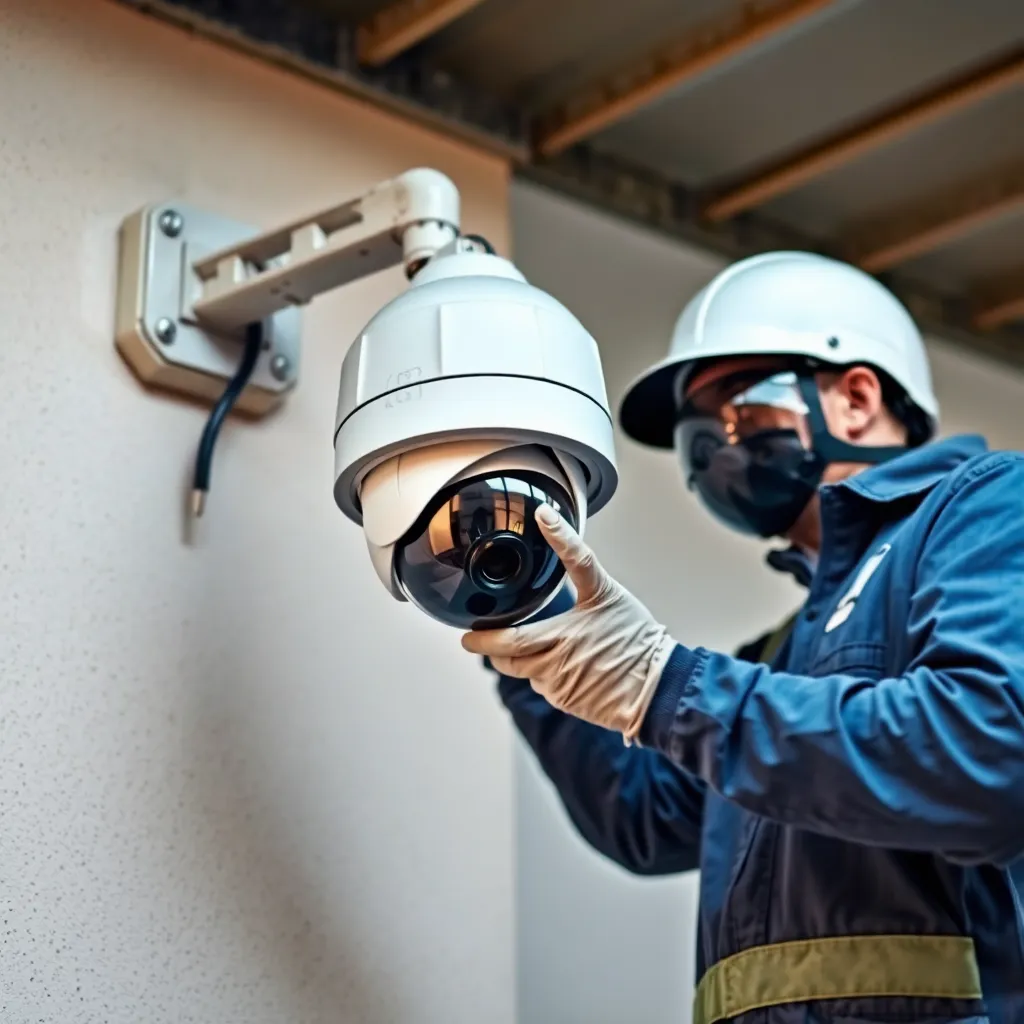The Importance of CCTV Cameras in Assault Investigations:
CCTV cameras are an essential tool in investigating assault cases. They provide a visual record of the incident, which can be used to identify the perpetrator, gather evidence, and reconstruct the events leading up to the assault. In many cases, CCTV footage is the only evidence available, and it can be the key to solving the case.
Section 130: Assault
An assault is defined as any gesture or preparation that intends or is likely to cause a person to believe that the person making the gesture or preparation is about to use criminal force against them. This means that the person making the gesture or preparation must have the intention or knowledge that their actions will cause the other person to fear physical harm.
The key elements of an assault are:
- A gesture or preparation: This can be any physical action, such as shaking a fist, raising a hand, or taking out a weapon.
- Intention or knowledge: The person making the gesture or preparation must intend or know that their actions will cause the other person to fear physical harm.
- Likelihood of causing fear: The gesture or preparation must be likely to cause the other person to believe that they are about to be physically harmed.
It’s important to note that mere words alone do not constitute an assault. However, words can be used to explain or accompany a gesture or preparation, which can make it an assault.
Illustrations
The section provides three illustrations to help clarify the concept of assault:
(a) A shakes his fist at Z, intending or knowing it to be likely that Z will believe A is about to strike Z. In this case, A has committed an assault.
(b) A begins to unloose the muzzle of a ferocious dog, intending or knowing it to be likely that Z will believe A is about to cause the dog to attack Z. In this case, A has committed an assault on Z.
(c) A takes up a stick and says to Z, “I will give you a beating.” In this case, the words alone do not constitute an assault, but the gesture (taking up the stick) explained by the words may amount to an assault.
Section 131: Punishment for Assault or Criminal Force Otherwise than on Grave Provocation
This section deals with the punishment for assault or criminal force that is not committed in response to grave and sudden provocation.
The punishment for assault or criminal force is:
- Imprisonment for a term of up to three months
- Fine of up to one thousand rupees
- Both imprisonment and fine
Explanation 1
This explanation clarifies that grave and sudden provocation will not mitigate the punishment for an offence under this section in the following circumstances:
(a) If the provocation is sought or voluntarily provoked by the offender as an excuse for the offence.
(b) If the provocation is given by anything done in obedience to the law, or by a public servant, in the lawful exercise of the powers of such public servant.
(c) If the provocation is given by anything done in the lawful exercise of the right of private defence.
Explanation 2
This explanation states that whether the provocation was grave and sudden enough to mitigate the offence is a question of fact. This means that the court will have to determine whether the provocation was sufficient to justify the use of force in response.
In summary, Section 130 defines assault as any gesture or preparation that intends or is likely to cause a person to fear physical harm. Section 131 deals with the punishment for assault or criminal force that is not committed in response to grave and sudden provocation. The explanations provide further guidance on the circumstances in which provocation may or may not mitigate the punishment for an offence.




